As we all know, the secrets to injury treatment are two-fold. First, we want to reduce unnecessary inflammation. Some inflammation is absolutely necessary, but the body tends to overreact. A lot of that swelling is often lymph that linger around too long. Second, we want to encourage good circulation, which brings in all the good healing stuff for our injuries. EMS on a recovery setting is absolutely fantastic for both of these tasks.
There are plenty of examples of athletes using EMS to treat their injuries. A muscle injury damages the connections between mind and body and thus disrupts the brain. EMS helps to repair those connections and work through the inhibitions created by the brain’s self-imposed protective mechanisms. In the case of athletes, the use of EMS was essential in moving past the obstacles and inhibitions to providing maximal recruitment of that muscle group on the injured part of the body. For example for injured leg, particularly since we could strengthen the quads without stressing the knee joint. Once recruitment patterns were re-established and, through both isolated EMS use and superimposed EMS training, the quadriceps muscle was fully restored, the knee did not present any further problems for the athletes.
In cases of both fatigue and injury, the signals between the brain and the body are easily disrupted. EMS can not only restore, but also enhance those connections. Additionally, EMS can help assess the neuromuscular system by monitoring the amount of current required to contract the muscles in question. As the neuromuscular system improved through the rehabilitation process, less and less current was required to attain a full contraction. Monitoring the levels of intensity on the EMS unit can show the progress of muscle-rehab (and the central nervous system) in injured states.
EMS facilitates recovery. In tight schedules, when athletes might not have the time or energy to implement recovery and regeneration protocols, EMS is an extremely useful tool. Active recovery protocols that encourage circulatory mechanisms within the body help facilitate a more complete and expedient recovery. EMS recovery protocols can keep our bodies supple and well maintained, in terms of oxygen circulation and removal of waste products. Athletes report feeling significantly better after using the EMS unit and some sleep better after the session. EMS has the ability to essentially reset muscle tone and provide athletes with not only the means to contract muscle more efficiently, but also relax and de-contract muscle more effectively. This benefit is critical in explosive cyclical movements, such as sprinting, where the nervous system is required to contract and de-contract muscle in a very short amount of time, at very high speeds. EMS can help these athletes minimize muscle stiffness, cramping, and general peripheral fatigue.
Book your spot for EMS injury & treatment











